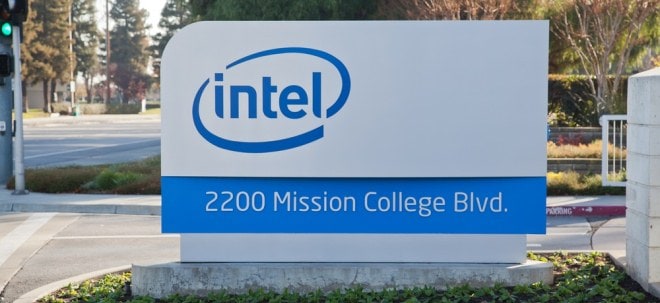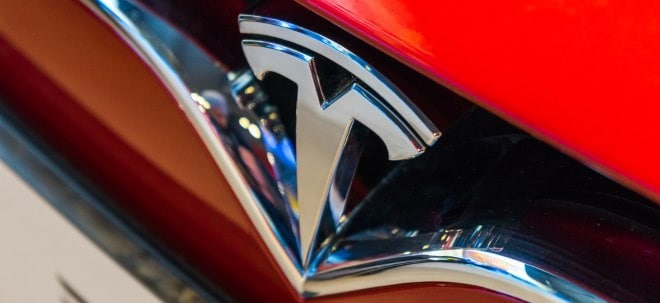Gut. Dann nehme ich an, über das letzte Pressrelease.
Ein Hinweis vorweg - um ein ungefähres Gefühl für Lithiumkonzentrationen in der Erdkruste zu bekommen, hier ein Zitat aus dem Bericht "Lithium für Zukunftstechnologien" des Fraunhofer Instituts, Dezember 2009 (PDF-Seite 17):
"Die Lithium-Vorkommen in der Erdkruste werden zwischen 20 und 60
ppm (parts per million) angegeben, während die Lithium-Konzentration im Meerwasser
0,18 ppm beträgt. Lithium kann in vielen Gesteinen und Lösungen gefunden werden,
allerdings meist in geringer Konzentration.
Kommerziell abgebaut wird Lithium heute hauptsächlich in Form von Mineralen oder
Solen in Minen bzw. Salzseen. Die Nutzung von Lithium-haltigem Lehm, sowie die Lithium-
Gewinnung aus dem Abwasser von Geothermie-Kraftwerken sind derzeit lediglich
im Entwicklungsstadium."
Zum Press Release: "June 9, 2016 - Vancouver, BC - Dajin Resources Corp. (“Dajin”) (TSX-V: DJI) (OTC: DJIFF) (Frankfurt: A1XF20) is pleased to announce favourable results from an auger brine and sediment sampling program conducted in April, 2016, at its 100% owned Teels Marsh Lithium project, Mineral County, located 50 miles northwest of the producing lithium brine operation in Clayton Valley, Nevada. The sampling program provided detailed information in the northwestern portion of the playa, where a total of 20 brine samples yielded concentrations as high as 71 parts per million Lithium, averaging 19 parts per million and Boron concentrations as high as 930 parts per million, averaging 227 parts per million. Sediments associated with these brines have Lithium concentrations as high as 740 parts per million, averaging 475 parts per million. Boron concentrations are as high as 11,800 parts per million and averaging 2,600 parts per million."
- Ankündigung der Ergebnisse der im April 2016 durchgeführten Probebohrungen und Bodenprobenentnahme im Teels Marsch (100%er Besitz)
- 20 Proben von Salzlauge mit Hoch bei 71 ppm Lithium, durchschnittlich 19 ppm
- Boron-Konzentration mit Hoch bei 930 ppm, durchschnittlich 227 ppm
- in Sedimenten Lithium-Konzentration mit Hoch bei 740 ppm, durchschnittlich 475 ppm
- Boron mit Hoch bei 11,800 ppm, durchschnittlich bei 2,600 ppm
(zur Vorstellung: 1 ppm = 0,0001 % (10−6), ergo bei 475 ppm = 0,0475% -> Bsp. 1 t Sediment / 0,000475 t = 0,475 kg / 1.000 kg)
"These results, when combined with earlier auger sampling completed in late 2014 and early 2015, confirm that Lithium concentrations in near surface (12 feet (3.6 metres)) sediments increase from east to west in the playa, from a low of <50 parts per million in the northeastern portion of the playa to a high of 740 parts per million in the northwestern portion of the playa. Lithium brine concentrations from shallow levels of most the playa are less than 10 parts per million but increase to a maximum of 71 parts per million in the northwest portion of the playa. Elevated Lithium concentrations in the northwest are believed to be related to concealed geothermal waters that are known to occur in the subsurface on the northwestern, western, and southwestern margins of the playa."
- Lithium Konzentrationen in ca. 3,60m Tiefe steigen vom Osten nach Westen der Salztonebene (Playa) an, von unter 50 ppm auf ein Hoch bei 740 ppm
- in der Oberfläche im überwiegenden Teil des Playa beträgt die Konzentration weniger als 10 ppm, mit Anstieg auf 71 ppm im Nordwesten
"Previous Geoprobe sampling in 2015 to depths of up to 200 feet (60 metres) was limited to the eastern portion of the playa where dryer ground conditions allowed easier access, but where Lithium concentrations in shallow sediments are low. Nevertheless, sediments retrieved from the deeper portions of cored Geoprobe holes (10 to 30 feet (3 to 9 metres))have significantly higher concentrations (average 169 parts per million Lithium) when compared to sediments at shallower depths (surface to 10 feet; surface to 3 metres) (average 32 parts per million Lithium). This suggests potential exists for greater lithium concentrations at deeper levels within the closed basin."
- im Osten sind die Konzentrationen in der Oberfläche niedriger
- nichtsdestotrotz haben Untersuchungen in 3 - 9 Meter Tiefe signifikant höhere Konzentrationen ergeben (169 ppm) (bis 3,0m durchschnittlich 32 ppm)
- dies deutet auf potentielle Vorkommen an größeren Lithium Konzentrationen in tieferen Schichten hin
“These are some of the best Lithium brine numbers to be announced outside of Clayton Valley in Nevada for some time”, commented Brian Findlay, President and CEO. “We are still in the early stage of exploration at Teels Marsh, and we are anxious to begin our initial drilling to test the potential for finding significant Lithium brines at depth.”"
- dies sind einige der besten Zahlen für Lithium Salzseen, die seit geraumer Zeit außerhalb des Clayton Valley angekündigt wurden
- wir sind noch in der frühen Phase der Untersuchung des Teels Marsch und sind bestrebt unsere Erst-Bohrungen in Lithium-Solen in der Tiefe zu beginnen
Frei übersetzt. Keine Gewähr.
|


 Thread abonnieren
Thread abonnieren


